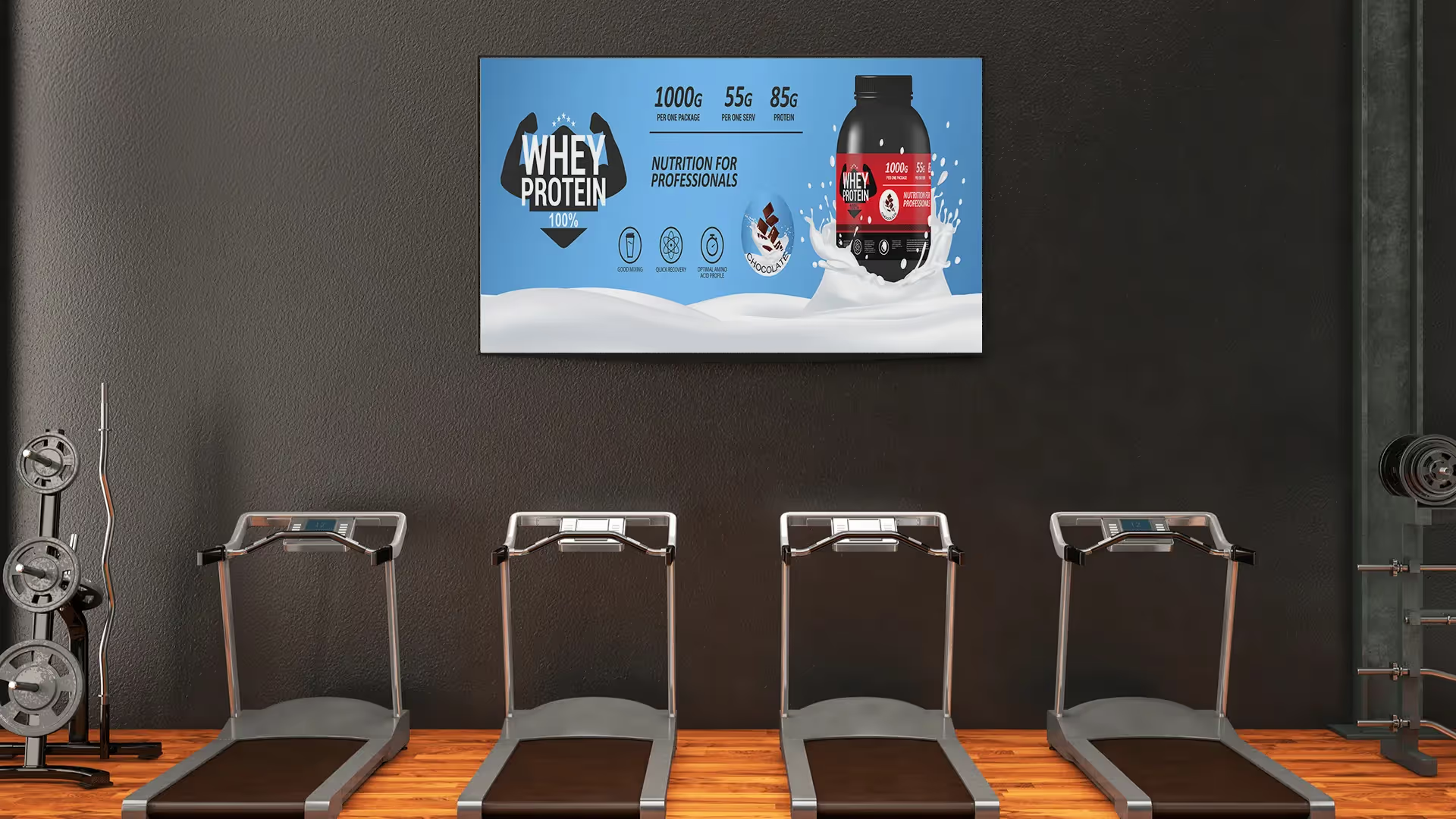What to remember
Our US collaborator Rewan launched a challenge at EasyMovie France: make ten videos in less than two hours. What did we do to achieve them and what was the result of this challenge?
Step 1: Create a simple format
Before you start shooting your videos, you need to have Found the topic and questions to put down. If you are creative, list all the ideas that come to your mind. If you want to be inspired, use successful formats like Fast & Curious or get inspired by other ideas on the web. The advantage of these formats is that The storyboard used is always the same. Only the players change.
Our idea was to highlight our developer teams. The question and answer format similar to Fast and Curious has become the norm. Once the five questions were found, all we had to do was find the template to create. Once the latter was designed, we could move on to the next step, namely, choosing the filming location.
Step 2: Choosing the shooting location
Determining where you want to shoot will depend essentially on the type of video you want to make. For a video interview classic, make sure that your employees are seated. Choose an armchair, a stool or even an ottoman for relaxed interviews. The objective here is for them to be comfortably seated to reassure them in front of the camera. Regarding the shooting location, you can film in a room, in the middle of an open space (for the bravest and equipped with a lapel microphone).
For micro-sidewalks, pay attention to not have parasites on your videos like trash cans, jobs or screams in the background. Finally, check your rushes at the end of shooting because the wind can make it impossible to listen to your video.
For our part, we chose to put a solid color background in the background to avoid changing the location. We then had to call on a large number of people in a minimum amount of time. The advantage of putting this background on is that employees can scroll more quickly without having to move the equipment every time.
Step 3: Catch the “actors”
If defining the shooting location was the easy part, Catch your colleagues is a bit more complicated. Some will tell you that they don't have time, others promise to be there but push back due to an unexpected event and so on. Clearly, finding a speaker is not that easy, well, almost.
When you ask a collaborator to shoot a video, their first thought is that they will have to find time to participate. Reassure your employees by offering them not to make a video but to Answer five questions in one short sentence. They will then tell you that they will have time to help you.
We went to see the developers one by one during their breaks or in the middle of work to ask them if they had a minute to devote to us. We then took them to the room where the material was already ready, and we shot the video according to the adapted storyboard.
Step 4: The result
The purpose of these videos was to announce that we were recruiting. The ten videos were produced in just under two hours and all collaborators agreed to participate. The effect was multiple: the videos were successful on social networks on the one hand and on the other hand each employee has Loved doing his video. In addition, it also allowed internal teams to know a little more about their collaborators.













